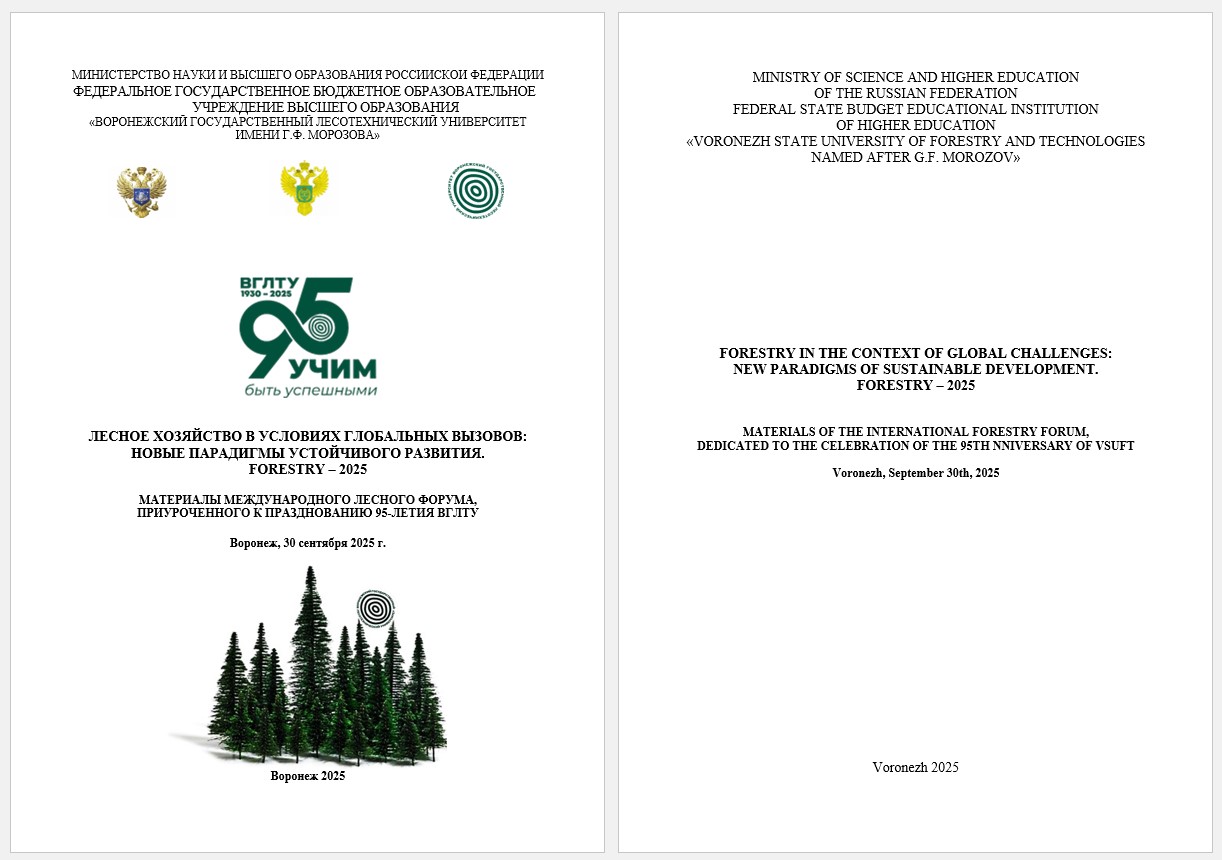Russian Federation
The article examines the transformation of forest management paradigms under the influence of digital technologies. It analyzes the limitations of traditional monitoring methods based on selective field surveys and reactive responses, which are ineffective in addressing modern challenges such as catastrophic wildfires, illegal logging, and the impacts of climate change. The concept of a "Digital Forest" is substantiated as a comprehensive ecosystem integrating microelectronic sensor systems, Internet of Things (IoT) networks, and big data analytics platforms. The architecture of such a system is described in detail, including terrestrial and remote sensors, data transmission technologies in areas with limited connectivity, and machine learning methods for automated analysis of satellite imagery and predictive modeling. Specific use cases of these technologies are presented for critical tasks: early warning and fire forecasting systems, automated detection of illegal logging, and reforestation monitoring. Particular attention is paid to the analysis of economic efficiency and legal aspects of large-scale monitoring implementation. Recommendations are formulated to overcome key implementation barriers: technological, personnel, and regulatory. The conclusion is drawn that digital transformation is a necessary condition for transitioning to a proactive, predictive, and sustainable model of forest resource management.
big data, Internet of Things (IoT), microelectronic systems, remote sensing, digital twin, sustainable forest management, predictive analytics, machine learning, forest fires, illegal logging
1. Wulder, M. A., Coops, N. C., Roy, D. P., White, J. C., & Hermosilla, T. (2018). Current status of Landsat program, science, and applications. Remote Sensing of Environment, 225, 127-147.
2. White, J. C., Coops, N. C., Wulder, M. A., Vastaranta, M., Hilker, T., & Tompalski, P. (2016). The role of lidar in sustainable forest management. The Forestry Chronicle, 92 (1), 46-58.
3. Anuchin, N. P., Bobrinskiy, A. V., Gryaz'kin, A. V. (2021). Primenenie bespilotnyh letatel'nyh apparatov v lesnom hozyaystve. Lesohozyaystvennaya informaciya, (2), 66-81.
4. Goodbody, T. R. H., Coops, N. C., Hermosilla, T., Tompalski, P., & McCartney, G. (2018). The role of IoT and digital twins in forest monitoring. Sensors, 18(11), 3606.
5. Food and Agriculture Organization of the United Nations (FAO). (2022). The State of the World’s Forests 2022. Forest pathways for green recovery and building inclusive, resilient and sustainable economies. FAO.





